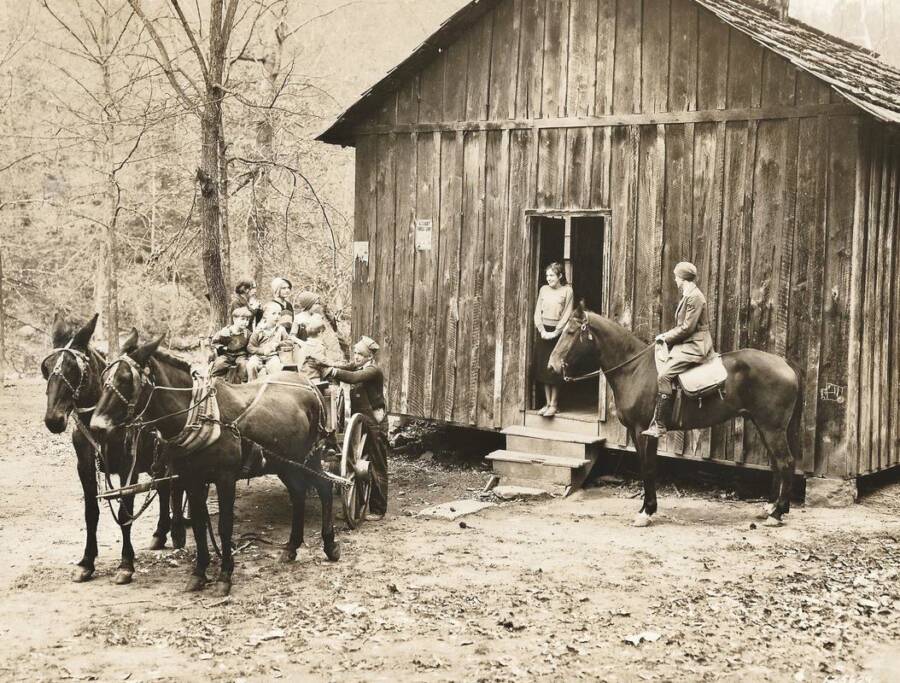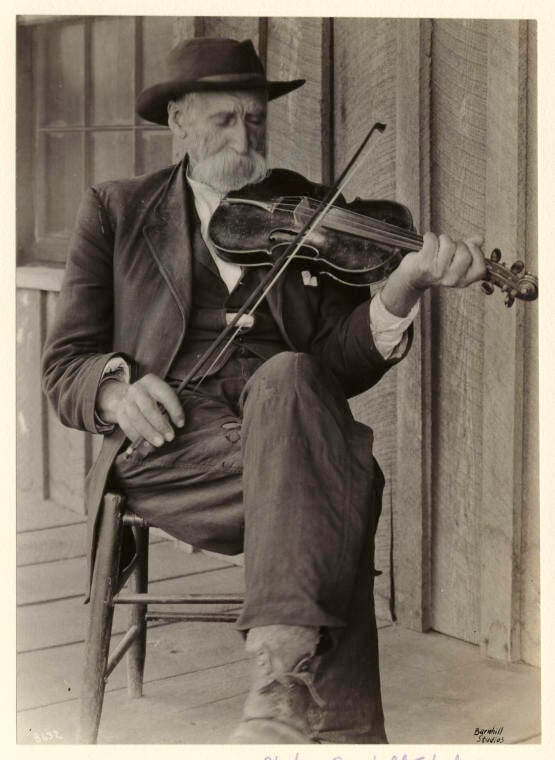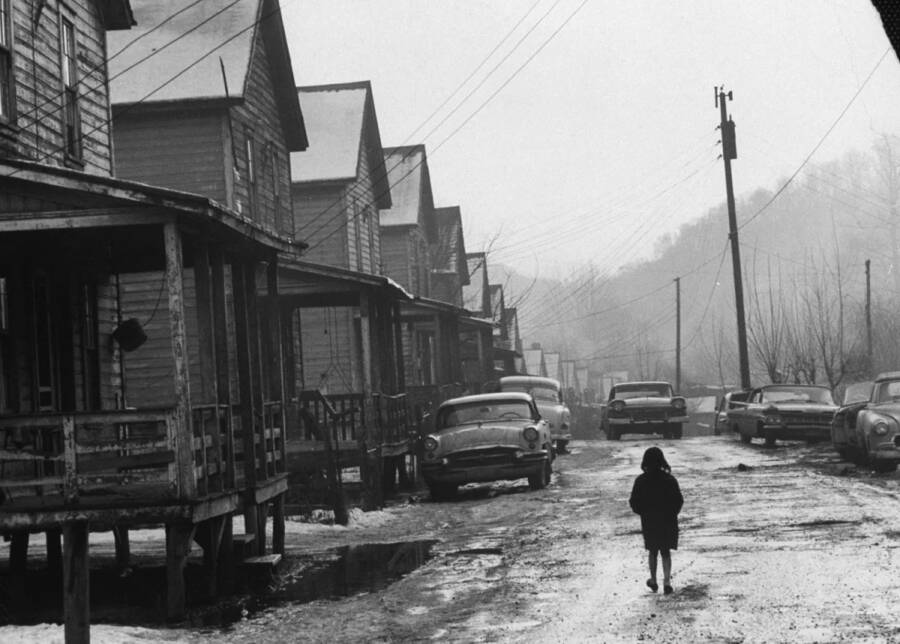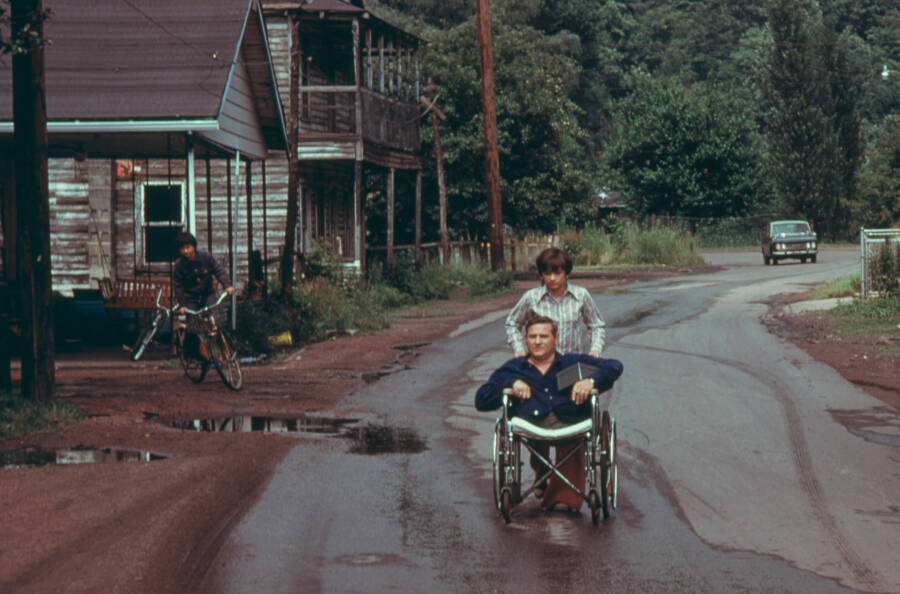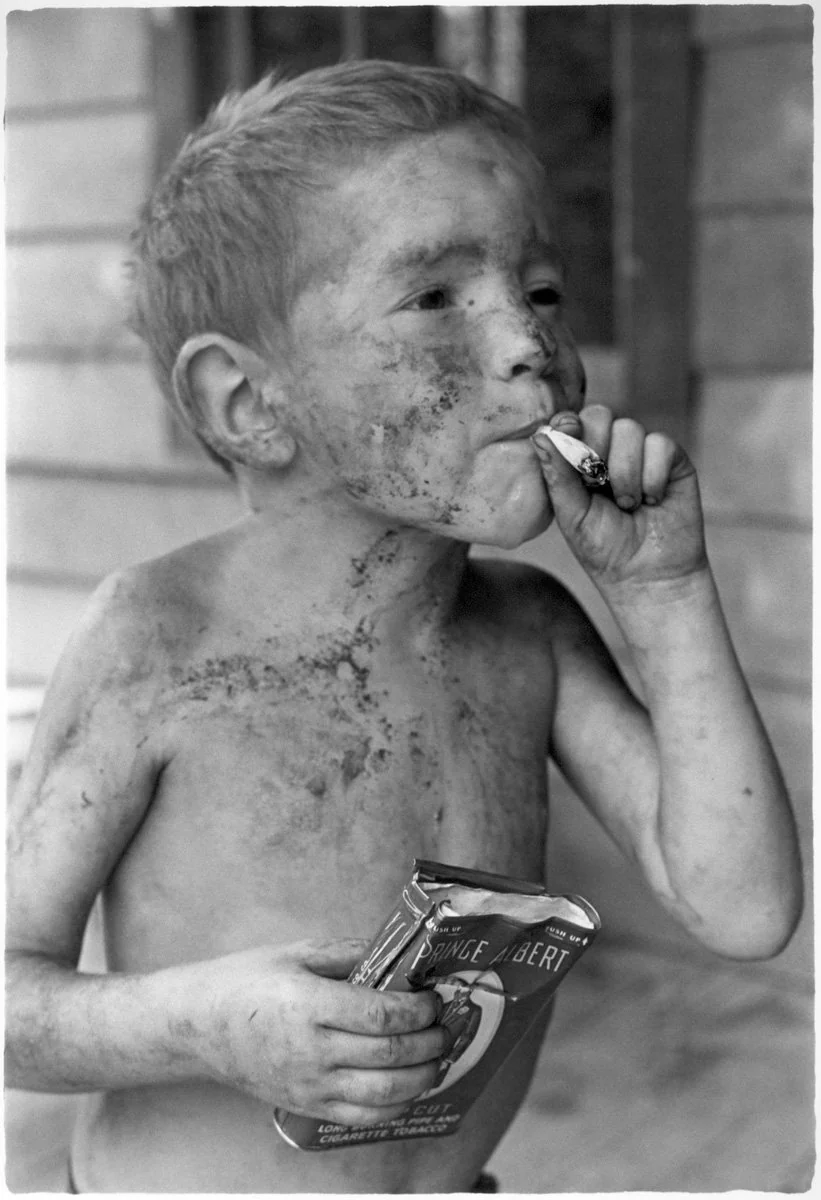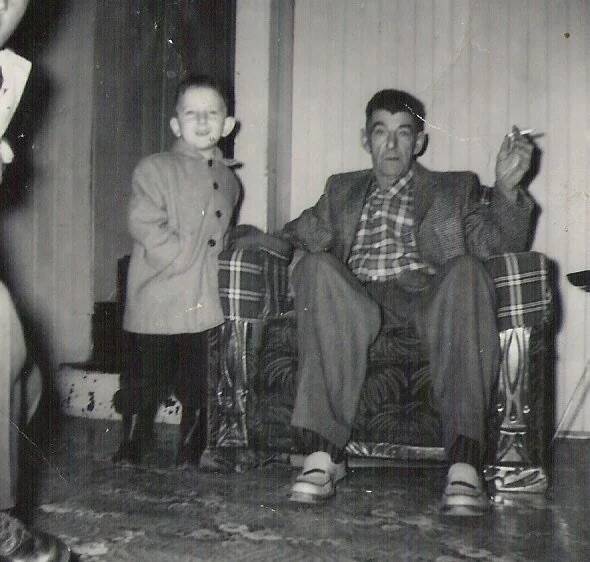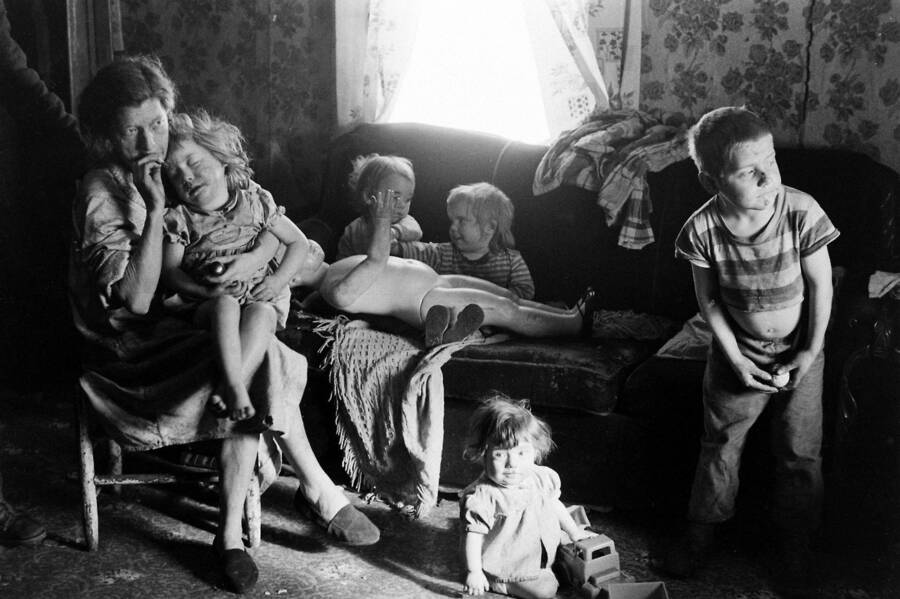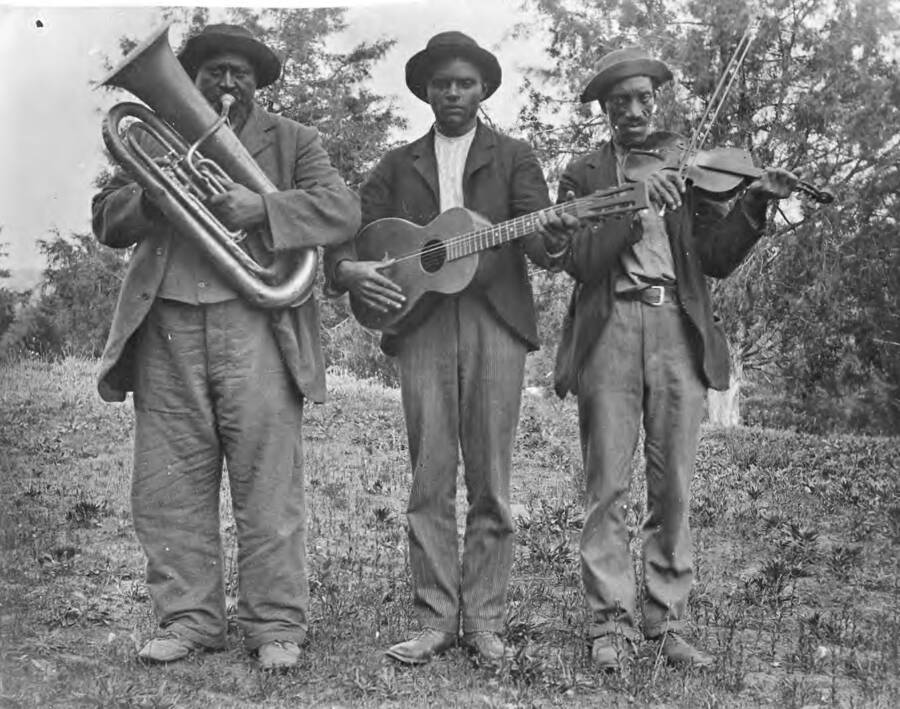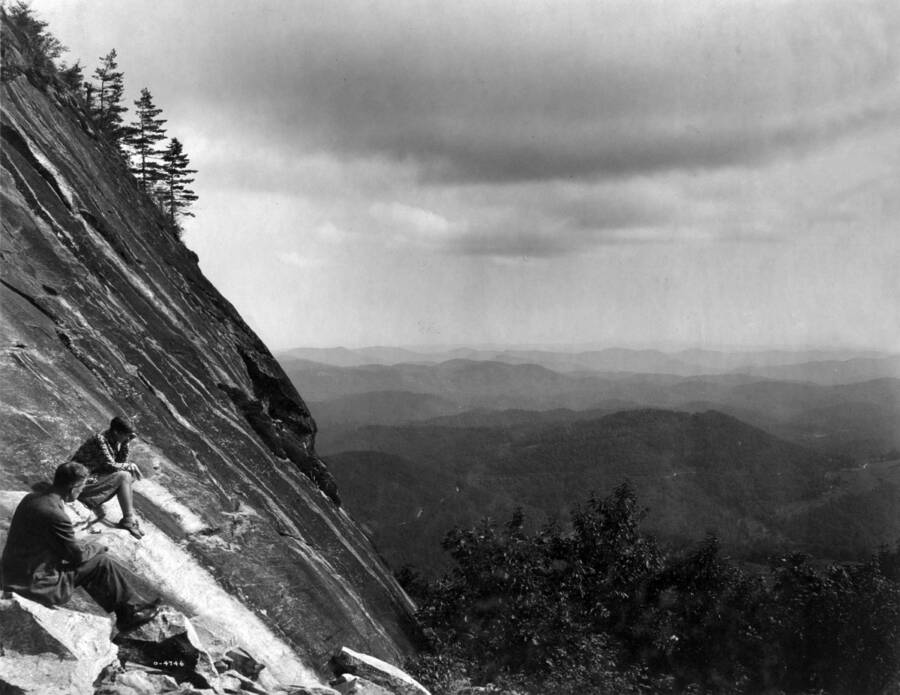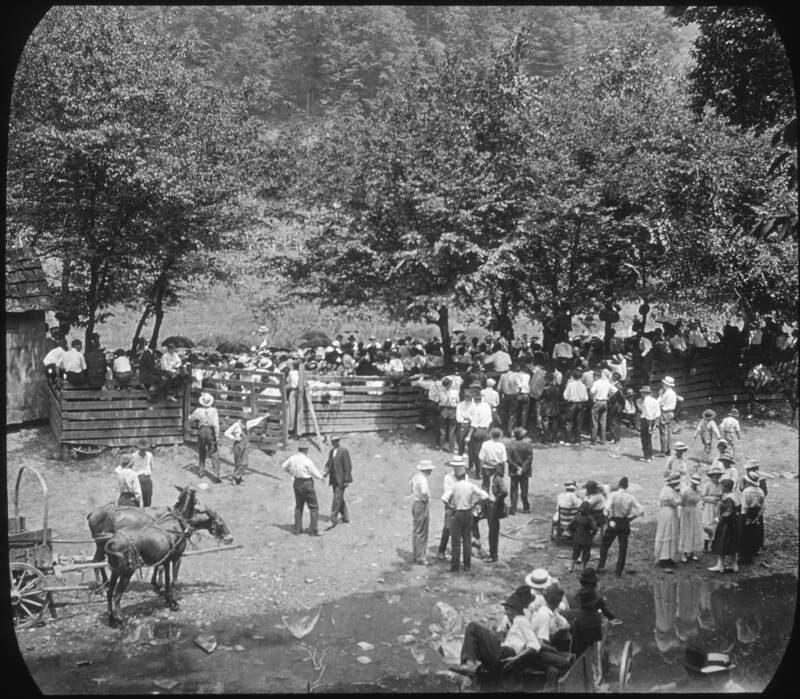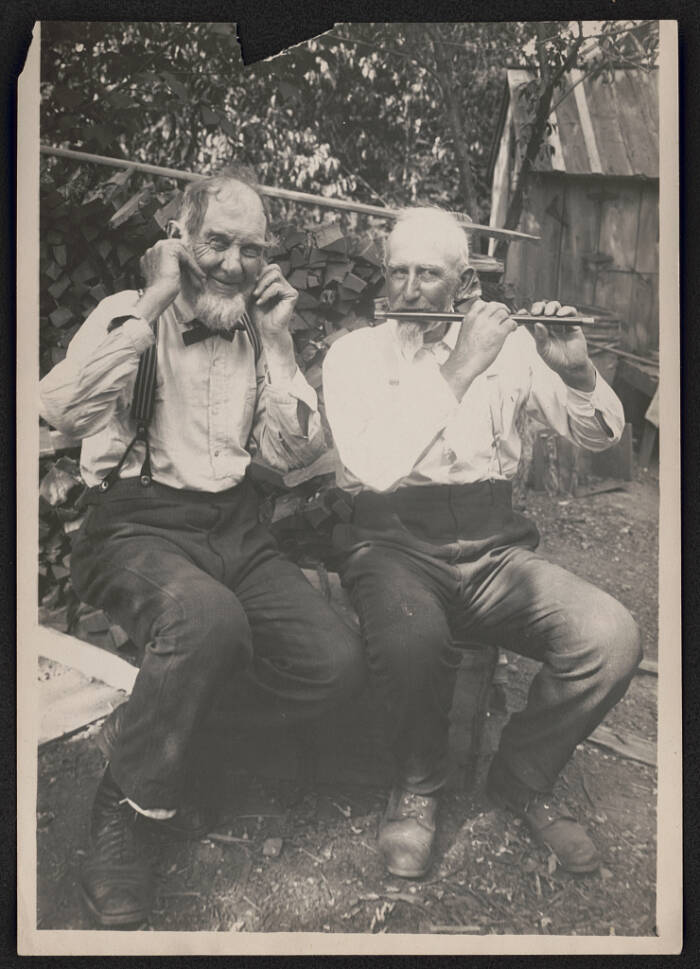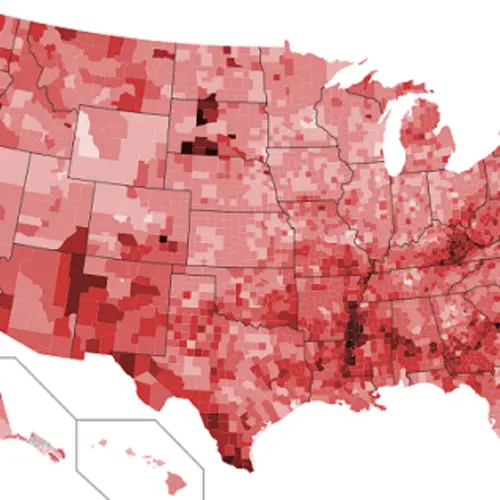From the mountainous region's first European settlers to the coal miners who performed backbreaking labor for low wages, the people of Appalachia have long been known for their destitution — and their resilience.
Appalachia may be stereotypically known for things like moonshine and banjos, but this mountainous region of the eastern United States has a rich culture and history.
The area was originally home to Indigenous tribes like the Cherokee and Powhatan, but it was later settled by mostly German and Scots-Irish immigrants who were fleeing religious turmoil and overreaching monarchies back in Europe. Because they were wary of big governments, they made a place for themselves in America’s “backcountry,” where they could live self-sufficiently.
In addition to the European settlers, 19th-century Appalachia also saw an influx of enslaved Africans who added their own knowledge and customs to the region’s budding culture. Ultimately, however, it’s Appalachia’s long history of poverty that had one of the most significant impacts on its unique heritage.
What Exactly Is Appalachia?
While it would be easy to define Appalachia as a distinct region in the United States, the full picture is a bit more complicated. After all, according to the Appalachian Regional Commission, Appalachia spans more than 206,000 square miles, comprising 423 counties across 13 states.
Those states include parts of New York, Mississippi, Alabama, Georgia, Kentucky, Maryland, North Carolina, South Carolina, Ohio, Pennsylvania, Tennessee, and Virginia, as well as all of West Virginia.
That is a massive area of land that's larger than the entire state of California. At first glance, each of these states has its own unique culture. The key word is, of course, parts.
Appalachia specifically refers to parts of these states — with the exception of West Virginia — that adhere to a certain selection of customs, traditions, and beliefs. Appalachians have often been stereotypically referred to as "hillbillies," referring to people who live in rural, mountainous areas.
Of course, that's not an entirely accurate portrayal of most Appalachians. This depiction stems from years of economic turmoil the region faced, combined with a classist attitude towards the impoverished.
How The Appalachian Identity Formed
While Indigenous people had long lived in the area that came to be known as Appalachia, the region didn't come into its modern identity until well after European settlers took over the land.
Many of the Indigenous tribes either fled west or were forced out of the area following the Revolutionary War, some via the Trail of Tears. The population of the Appalachian region slowly shifted to predominantly white European settlers. By 1790, the region's white population sat at more than 180,000, according to The Collector.
As America moved toward the Civil War, slavery became a hotly debated issue among Appalachians. Poorer independent farmers favored Union ideology, and the wealthier individuals who owned plantations in the valleys were largely pro-Confederate. The debate was so intense that it split Virginia in two, with the newly formed West Virginia siding with the Union and Virginia joining the Confederacy.
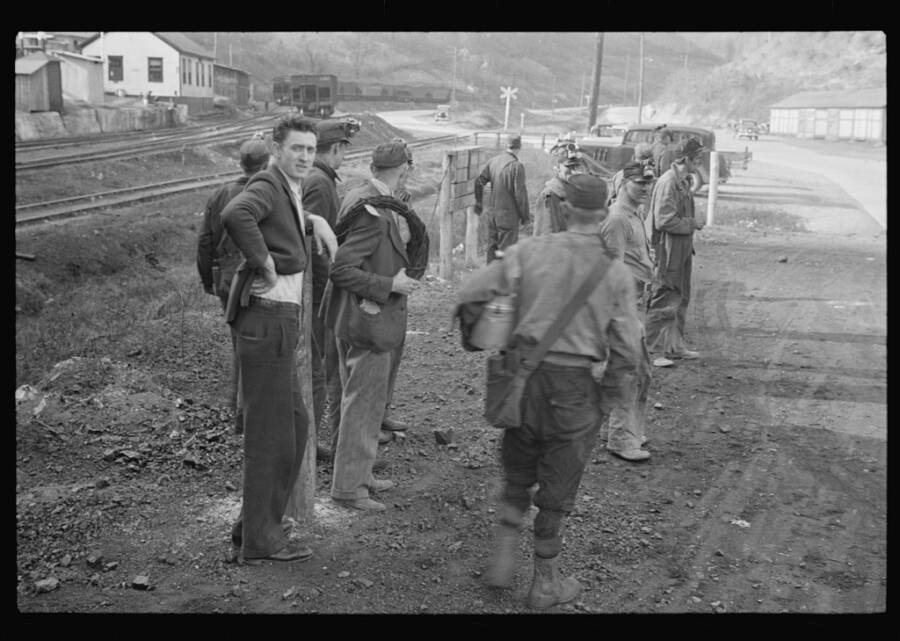
Library of CongressCoal miners in Jenkins, Kentucky, c. 1935.
Many intense battles were fought in the Appalachian region, and once the war was over, pro-Union politicians were installed in former Confederate states to help guide them along a new path.
But not everyone took easily to the new status quo, and countless violent feuds broke out, including the infamous rivalry between two Kentucky clans: the Hatfields and the McCoys.
Meanwhile, industry was booming for some of the larger cities in the U.S. As America entered the 20th century, places like Pittsburgh became significant industrial hubs, producing large amounts of steel.
With two major economic centers sitting on the edges of Appalachia — Pittsburgh and Knoxville — it gave the region a new economic purpose: to produce large amounts of coal.
The Coal Industry In Appalachia
The Appalachian region was ripe with coal, and the big industrial cities nearby needed as much of it as they could get. This provided a new economic opportunity for Appalachians looking for work.
Per a report from the University of Maryland School of Law, coal had become the exclusive fuel — replacing charcoal entirely — by 1840, though the environmental effect of this was unknown at the time.
It was around this time that Pittsburgh became known as the "Smoky City" due to the seemingly endless cloud of smoke that loomed in the skies from constant industrial production. It got so bad, for a time, that locals were forced to wear goggles during the day to avoid getting soot in their eyes.
Meanwhile, the Appalachians laboring in the mines weren't faring any better. The work was dangerous, and the mines employed thousands of people across the region, all working to produce two-thirds of the nation's supply of coal.
But mining companies notoriously treated their employees terribly, and their influence on state and local governments often meant they didn't have to fix their many inherent problems. Moreover, the constant mining of coal in the region destroyed significant portions of the landscape — and the effects are still evident decades later.
Coal mining was also subject to sudden fluctuations in demand, meaning paychecks were inconsistent. As the 19th century gave way to the 20th, these problems only got worse. By the time of the Great Depression, countless Appalachians were almost entirely reliant on the mining companies not just for work but for food and supplies as well.
After World War II, during which coal mining saw one final boom, the industry quickly declined. Oil, natural gas, and new mining technologies all but robbed the region of its once abundant supply of jobs, leaving many residents struggling to get by.
The War On Poverty And Appalachia Today
In 1964, as part of his State of the Union address, President Lyndon B. Johnson declared an "unconditional war on poverty" that would serve as a guiding principle for his policies going forward.
"The cause may lie deeper in our failure to give our fellow citizens a fair chance to develop their own capacities," he said, "in a lack of education and training, in a lack of medical care and housing, in a lack of decent communities in which to live and bring up their children."
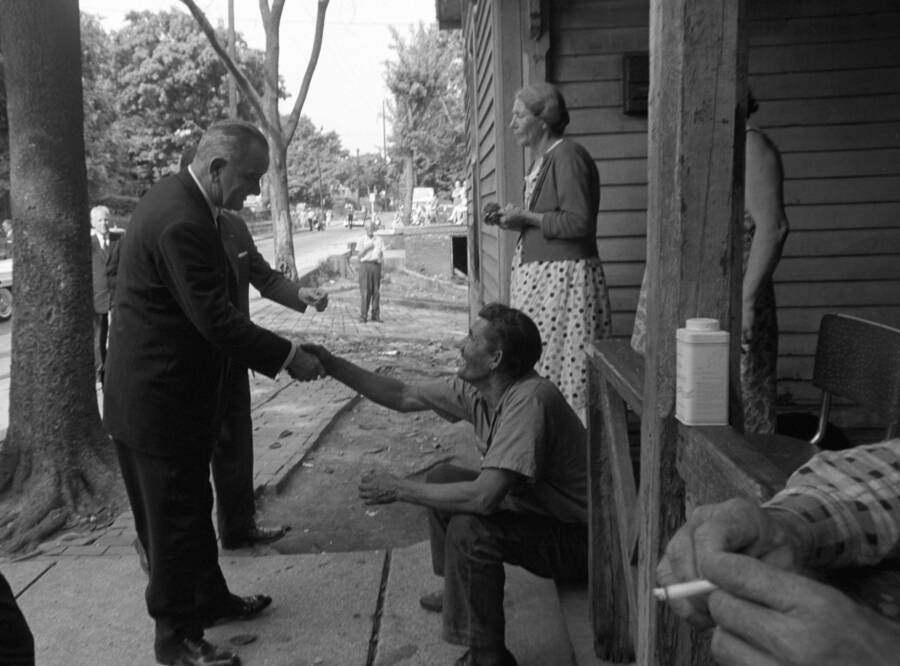
Everett Collection Historical / Alamy Stock PhotoPresident Lyndon B. Johnson shaking hands with an Appalachian man shortly after announcing his "War on Poverty."
Perhaps no region in America at the time felt the impact of poverty more than Appalachia. Just one year earlier, President John F. Kennedy had established the Appalachian Regional Commission to address issues in the area. This was further expanded upon by President Johnson's policies and a 1965 act of Congress that directed millions of dollars into the program.
However, President Johnson's War on Poverty also received significant pushback from conservatives, and the Vietnam War was a larger focus for economic resources. When support for the Vietnam War — and Johnson, as a result — declined and he decided not to seek reelection in 1968, it effectively shuttered the War on Poverty as well.
While many of these policies continued after Johnson's presidency, the War on Poverty's legacy is still marred with controversy. Some economists claim the programs did not substantially reduce the rate of poverty, and harsher critics say they only made things worse by forcing impoverished citizens to rely on government programs.
So, despite attempts at revitalizing Appalachia, the unfortunate reality is that many towns and cities in the region were never able to fully recover from — or escape — the effects of the coal mining industry's collapse. Much of Appalachia still lags behind the rest of the country in categories like economic performance, health outcomes, and literacy rates, and there is no simple solution to the problem.
After learning about Appalachia through this gallery, see our collection of 31 photos of child labor that illustrate the cruel reality the early 1900s. Or, look through 27 bizarre vintage photos from the annals of New York history.
